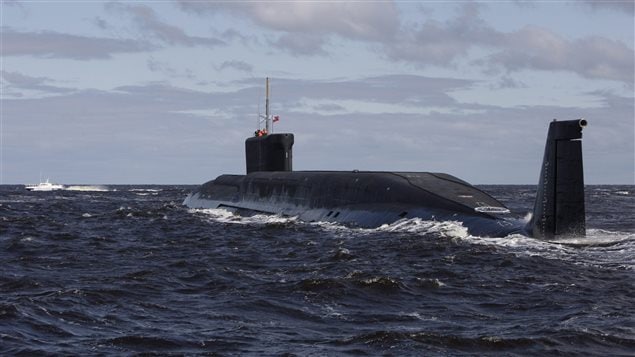

Moreover, as was demonstrated in the building of the Lira-class submarines, titanium requires welders to work in hermetically sealed warehouses full of argon gas, adding further expense. Failures in the welding process, for example, can lead to the titanium becoming embrittled, lowering its strength. Manipulating large titanium panels for hull sections is especially hard. However, titanium is also three to five times more expensive than steel, and it is an extremely difficult material to work with. Titanium creates surfaces as strong as steel with half the weight, meaning a titanium hull can withstand greater pressure and allow for deeper dives. By building a submarine with a titanium hull and unique reactor – both innovations at the time – the Lira would become the fastest, deepest-diving submarine in the ocean, so fast that it could evade Western torpedoes. In order to do this, the Soviets would design the Lira-class. What Moscow needed was a submarine that could move faster and dive deeper than Western submarines. Aware of their strategic disadvantage in submarine warfare, and unable to compete in the areas of stealth and reliability, the Soviets sought to innovate. More specifically, the Soviet Union’s early nuclear submarines were known to be less stealthy and reliable than Western submarines. This experience, alongside existing technological advantages, gave the United States a strategic advantage in submarine warfare. had gained invaluable submarine and anti-submarine experience during the Pacific War and the Battle of the Atlantic. The USSR had acquired many of the most advanced German submarine types by the end of the war, but the U.S. In the decades after World War II, the United States leapt out in front of the Soviet Union in submarine technology. Indeed, the Lira is both the product and the cause of such an interaction. The Project 705 “Lira” nuclear submarine (NATO reporting name “Alfa”) is a great illustration of that dynamic. Innovations in military technology are often the byproducts of strategic interactions between world powers and their economies. However, during the days of the Cold War, Russia had submarines that were made of titanium that could dive quite deep and made Washington quite nervous: Navy clearly builds the most powerful, silent, and sophisticated submarines on the planet today. had neighbors as potential adversaries it would probably invest in non-nuclear submarines also.By Alex Betley, Alumnus of The Fletcher School at Tufts University

Navy’s submarine fleet, unlike the Russian Navy, is entirely nuclear powered, although if the U.S. submarine force is composed entirely of ballistic missile, cruise missile, and attack submarines. The Russian Navy, at least on paper, has one more submarine than the U.S. missile defenses, destroying entire coastal regions with nuclear blast, tsunamis, and rendering the area uninhabitable with long-lasting nuclear fallout. One submarine on this list is particularly ominous, the Sarov, a test platform for the Kanyon/Status-6 apocalypse torpedo, a nuclear-powered torpedo designed to attack coastal targets such as ports and cities with an enormous 100 megaton thermonuclear warhead. It also has one Losharik, three Nelma, and three Kashalot-class submarines designed for deep ocean ocean engineering work. The Russian Navy has two enormous “motherships,” based on the Delta III and Delta IV hulls, for ferrying deep diving midget submarines. Russia has a comparatively large fleet of special mission submarines. The Lada class was built to replace the Kilos and submarine expert HI Sutton claims Russia is planning at least five boats. Kilos are meant to operate closer to home, in places like the Black Sea and Mediterranean, and the boats in service range from Cold War-era builds to boats like the Rostov-on-Don, commissioned in 2014. On the diesel electric submarine front, Russia has 21 Kilo-class submarines and one Lada-class submarine. Kilo-class submarine Kolpino launching Kalibr cruise missiles at Islamic State targets, November 2017.


 0 kommentar(er)
0 kommentar(er)
